Concept albums are often overwrought distractions from the music at hand—stylistic flourishes that can add as much to a band’s mythos as they can take away from the focus on the notes that make up the songs. At first glance, the press release for Deru’s “ambient concept album,” 1979—out on Friends Of Friends June 17th—left me skeptical that this straight-to-tape collection would be all smoke, and its accompanying interactive website the mirror. I’m happy to admit here that I was wrong:
1979, the fifth studio album by composer, sound engineer, and all-around experimental tinkerer Deru, subscribes itself to the same aural-decaying cues as maestros like The Caretaker, Tim Hecker, and releases from Modern Love: muted swaths of synthesizers build on one another to create poignant fortresses of sonic trackage. Though it promotes itself as a “living timecapsule,” it only takes thirty seconds into of the album’s opener to realize that this prescribed nostalgia doesn’t even need the description. It’s abundantly clear in the Satie-esque soundscapes that 1979 is drenched in the melancholies of memory.
Videos by VICE
While the album won’t be out for a few months, Deru and EFFIXX creative director Anthony Ciannamea have released the album’s complement, an interactive website that hosts a fascinating collection of maps, charts, and letters, all relating to the concept theme of the past. Specifically, the material described here is inspired by a mysterious box the artist found at a flea market that contained letters, films, and other cultural ephemera made by an equally enigmatic phonology philosopher named Jackson Sonnanfeld-Arden.
The website isn’t done yet, either: Its evolution over the upcoming month will include the featured appearances of nine short films by Ciannamea that run parallel to the films Deru found in Sonnanfeld-Arden’s box and an as-of-yet undisclosed element that will add depth to the already-complex project. The site also sports a gallery of user-submitted “memories,” including submissions from notable artists like Nigel Godrich, Amon Tobin, How To Dress Well, and the Gaslamp Killer.
Call me a sucker for nostalgia, but I’ve lost hours in this labyrinth of a project, which Deru describes as both a modern day time capsule and an example on how musicians can extend their storytelling processes in the digital age. I’ve been listening to the album on repeat every night as I drifted into dreams of my own past, prompting me to speak with Deru about 1979 and its accompanying online universe.
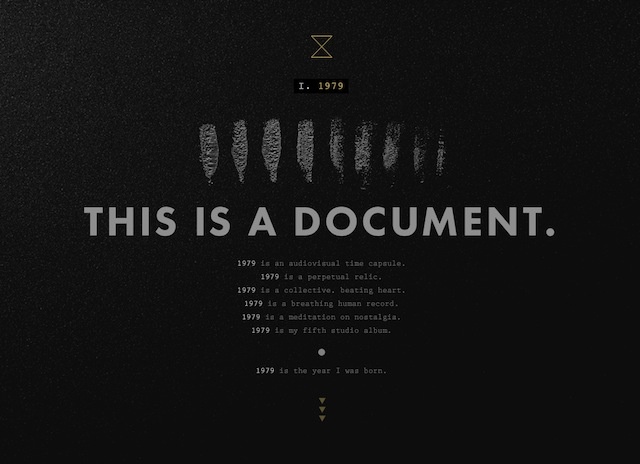
The Creators Project: Tell me about the initial spark of inspiration for the website. How did it go from an idea to a sharp, finalized project? What was your inspiration, besides the childhood memory of the yard sale described in the press release, and what was the inspiration to make it an interactive project?
Deru: The yard sale was actually just about 11 years ago so it’s still pretty fresh in my mind, though the original materials are in pretty bad shape. The idea was in transforming the physical evidence of memories in our lives, from a box in the closet to up on a pedestal for the world to see.
When I began writing the music, it felt very nostalgic to me, and I started to get inspired by the idea of what a modern-day time capsule could be. I loved the idea of unearthing memories and giving them a home. There’s a powerful collective experience when we see other people’s moments of significance without context. For me nostalgia often has a sense of sadness, and at some point I looked up “nostalgia” and was excited to find out that it’s a Greek compound meaning “homecoming” and “pain”, which seemed so fitting to me…I’m also doing this as a reaction to the devaluation of music as a commodity. I’ve put my heart into this. A memory from your life seems like a fitting exchange… An equal share.
Do you think the web experience essential to understanding the album? It obviously extends the significance of the concept record, but what is your optimal audience experience like?
Not necessarily. Sometimes it’s important for an audience to form their own mental pictures, which will happen once the music is released. Plus some people aren’t “readers” by nature, and we understand that. But those that do invest in understanding the history behind what inspired the music and, in particular, seeing the power of what it looks like when a group of people put their most sacred memories side by side… there is an undeniable, collective human experience in that. It brings people closer to the spirit of the music.
Was there anything you wanted to add to this project that didn’t end up making the final cut? What other ideas were you toying with?
This project is an evolving piece: the films are still being finished, and material from the gallery could make it into the the project, and even the live show, eventually. We continue to integrate ideas that inspire us into aspects of how we share this project with the world. We’re really just getting started.

What’s the importance of interactive ephemera? How do projects like the 1979 website shift or evolve your ideas on musical consumption in the modern age?
Basically, as you know, social media destinations have effectively reduced the need for artists to have custom-built websites. Most people just want to get the info, the stats, what label they’re on, where they can stream the music, etc. It puts people more directly in touch with the artists and the fan community but it’s removed storytelling from the art.
I’m increasingly interested in telling stories with releases. The website is one aspect of it, and maybe the most practical, as it’s the most convenient and far-reaching way to share complex stories, besides putting something physical into people’s hands, like books do. It also allows us to shift and morph the story we tell over time—to add or take away from it and give people a reason to re-visit. We consider 1979 to be a repository, because again, we were originally inspired by it being a sort of time capsule in and of itself.
What can you tell me about the nine short films that Anthony Ciannamea made? How do they complement both the album and the website?
We started work on the videos over a year ago, when I first sent Anthony the album, and they’ve been continuously evolving ever since. It started out as a way to present the found photos and film from the box and to piece together an imaginary narrative of those events from Arden’s life. Over time, they’ve become more of a meditation on the Nine Pure Tones. We want each video to be a timeless representation of what we think each of those tones mean, and how each would manifest [itself] visually if it were represented in two or three-dimensional light.
The videos you see scattered throughout the website right now are actually a tiny representation of a larger body of footage we came across in our research, and are part of the larger picture. We can only speak abstractly about the videos for now, but this will all make more sense in the context of what we announce next.
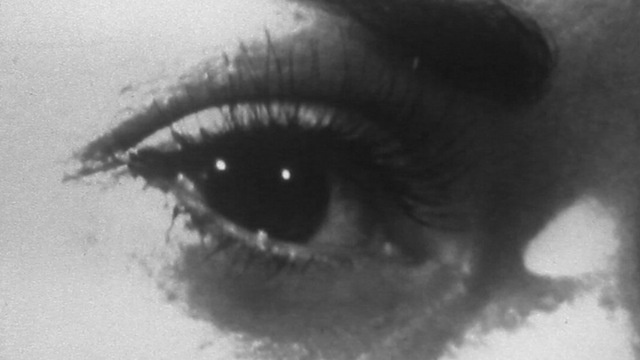
Right now there are only the contributions from noticeable artists like Nigel Godrich and Amon Tobin up on the site. Will you showcase all submissions, and how will they appear on 1979?
Yes, we will. I first want to say that I am totally overwhelmed with the submissions thus far. Every single one is so on point, so beautiful, so personal, so touching. Every single one! We will be pushing these out in batches, and I’m so indebted to everyone that has submitted so far. It’s beautiful. People are getting it right away and it’s inspiring the future of the project every day. I can’t stop smiling. My heart is warm.
When will the “undisclosed element” be revealed? Is it your obverse version of Sonnanfeld-Arden’s box, or something totally different?
The really exciting part is that we’ve yet to announce the centerpiece of the project. It’s coming in a few weeks. I simply cannot wait. And you’re warm, btw.
Will you be touring with this album, and will the live show reflect the online project?
Yes. Anthony and I are beginning to put together the live show now. We’re going to try to weave in these memories throughout the show. We’d like to contextualize these moments further, to give them a larger narrative arc. We’re aiming to head out in the second half of this year, starting around the time of the release on June 17th.
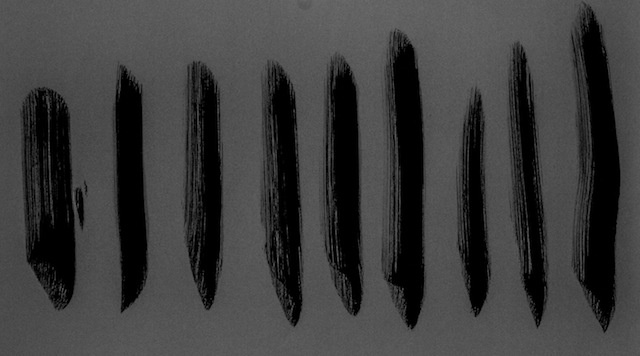
Finally, how do you think memory preservation and time capsules have most noticeably changed over the last few years? What does your website offer that memory-savers like Insta and Tumblr do not?
This whole album, the website, what we’ve announced thus far, and what we have coming next are all about experience. I remember buying an album as a kid, and that was an event. It was an experience. I would listen to the whole thing through, in one sitting. We aim to bring a bit of that back.
We’re trying to use the best that the Internet has to offer in bringing people together, while trying to counteract the ADD attitudes it can promote at the same time… 1979 is also inspired by a real-life discovery of a physical object rather than simply a curation of things that exist on the web.
Even though those services exist, I think that every so often a call to action for everybody to participate is refreshing. People want to share what’s meaningful to them, rather than simply see things in your “feed” flow by every day. In short, we want to bring back the experience.
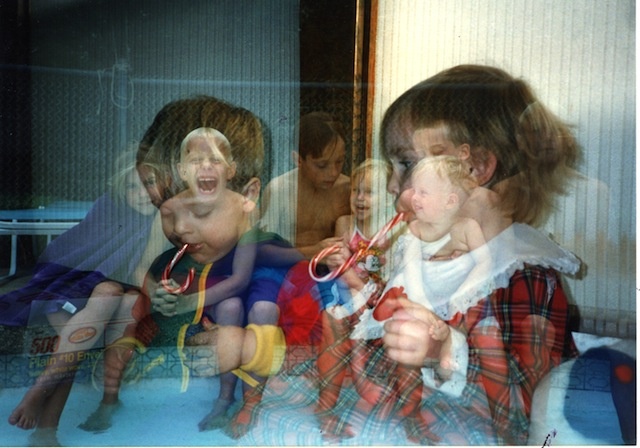
A user-submitted “memory”
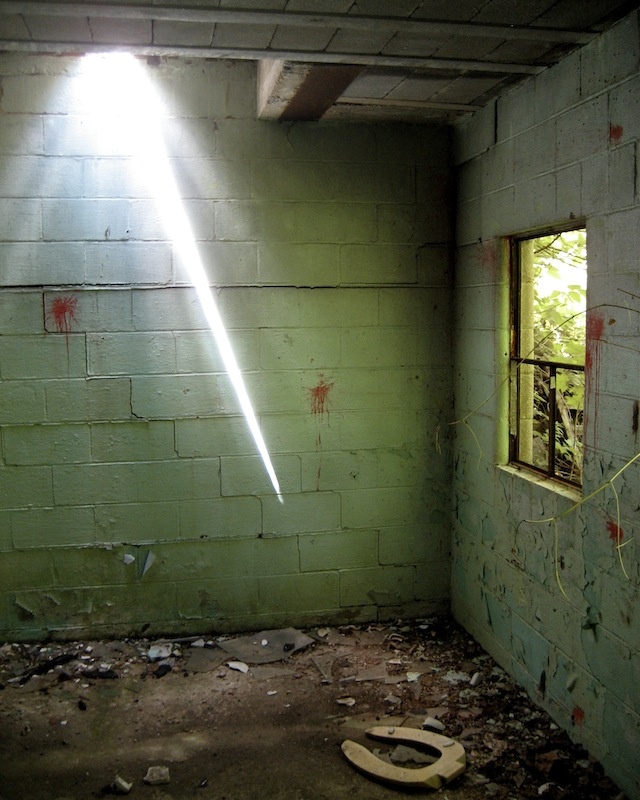
A user-submitted “memory”
To experience the poignant magic yourself, see Deru’s amazing site here: www.1979.la
This was originally published on our sister site, The Creators Project.
Zach Sokol is the Editor of the Creators’ Project and has an incredible memory. He’s on Twitter – @zachsokol
More
From VICE
-

Amr Bo Shanab/Getty Images -

Scottproj/Getty Images -

Screenshot: WikimediaCommons -

Tim Mosenfelder/Getty Images
